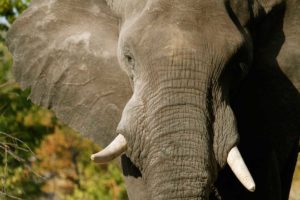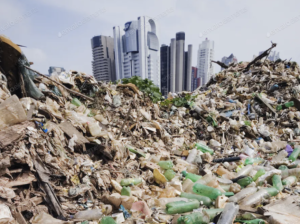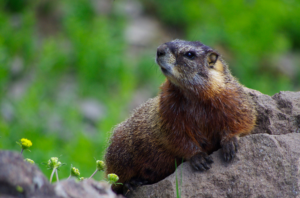
Beef and the Amazon Rainforest
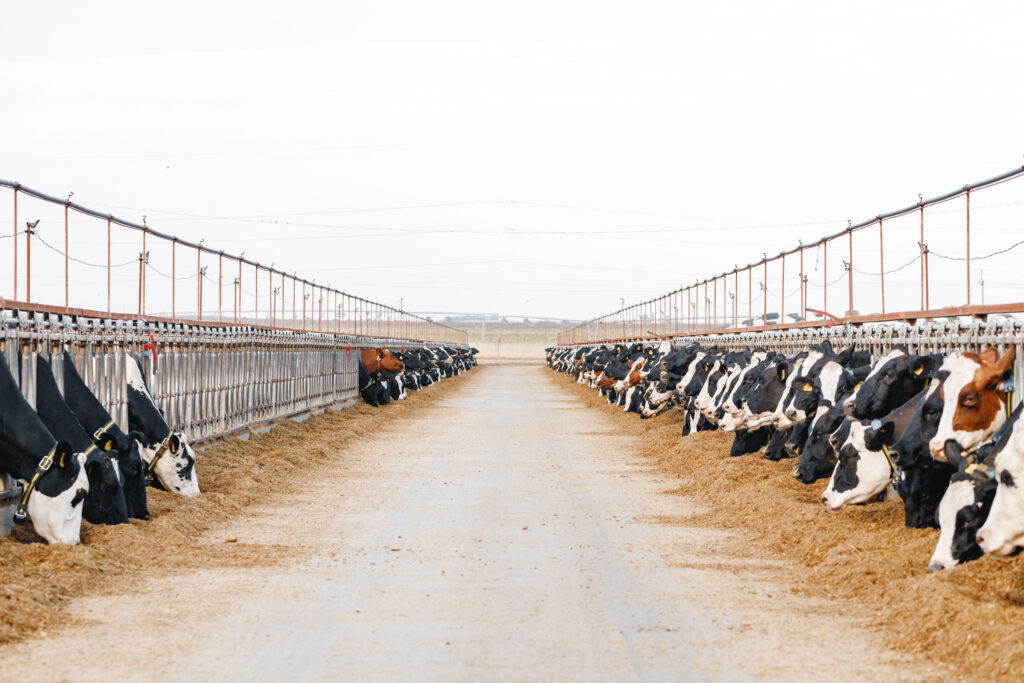

Joshua Rice
Lungs of the World
For the last three years, the Amazon rainforest–often called the “Lungs of the World”–has been burning. In 2020 alone, more than 19 million acres of forest were destroyed by fires that devastated the world’s largest rainforest (Vox). This destruction has caused a feedback loop of heating and drying that is only speeding up and worsening this crisis, putting thousands of species at risk and exposing the planet to runaway climate change. So what’s causing what might be the world’s worst case of ‘Black Lung’? The answer has a lot to do with beef.
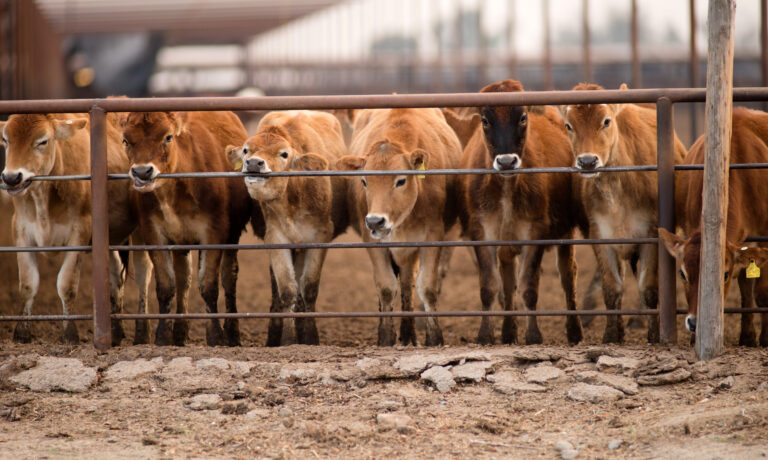
The Amazon and Global Warming
The Amazon rainforest as a whole sequesters around 200 billion tons of carbon (Reuters). To put that into perspective, that’s about 5 times the annual CO2 emissions of the entire planet, safely tucked away in trees and soil. Sequestration keeps harmful greenhouse gases out of the atmosphere and works to protect the planet against climate change.
Currently, deforestation in the Amazon accounts for less than 10 percent of all global warming pollutants (USC). That figure might make it seem like it should be lower on our list of climate change priorities. The pollutants from deforestation and habitat destruction in the Amazon is only part of the picture. The Amazon rainforest is also instrumental in maintaining both regional and global climate, through a complex hydrological network created by the billions of trees that make up the forest. Disrupt this network and risk a cataclysmic feedback loop that works to speed up global warming and future forest destruction.
As trees are cut down, greenhouse gases are released into the atmosphere causing the overall temperature in the region to increase (Vox). In addition, less forest means less evapotranspiration, which in turn means less rainfall. In other words, deforestation leads to drought, and drought leads to forests being more susceptible to fire (Mongabay). In recent years, this feedback loop has worsenede d) by a variety of factors including the El Niño Southern Oscillation and poor government oversight. Some estimates predict that 30%-60% of the Amazon could become dry savannah as a result of this cycle (WWF).
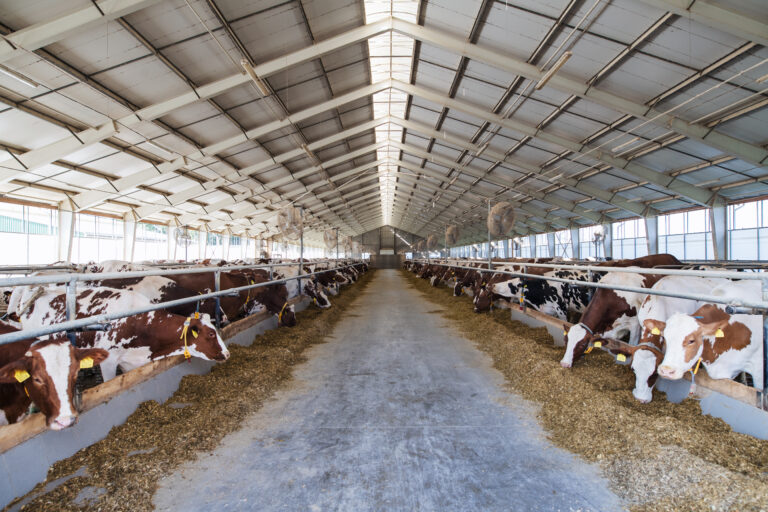
Beef and Burning
Frequent, massive fires in the Amazon aren’t normal. The Amazon has been around for 10 million years and up until recently, it’s been just fine (Time). So what’s driving this widespread destruction?
As it turns out, the primary cause is cattle ranching. Around 80% of all deforestation can be directly tied to cattle ranching (Time). The other leading cause of deforestation is soybean production. It should be noted, however, that the majority of soybean crops (some estimates put it as high as 90%) are used as feed for animals like pigs, chickens, and cows in countries like the United States ..
Cattle ranching requires a lot of land and farmers will often use slash and burn tactics to hack down large expanses of forest to make room for their ruminants. This increase in ranching is directly tied to the increased demand for meat in the expanding African and Asian (namely Chinese) markets (Time). This issue will only get worse as meat consumption increases globally as a result of higher standards of living. Here in the United States, Brazilian beef was banned for sale in 2018 due to sanitary and environmental concerns but the ban was almost immediately reversed in 2020 (Mongabay).
Beef production isn’t the only market fueling the destruction of the rainforest. Leather is considered a fine commodity and can dramatically increase the value of luxury cars sold here in the United States (NYT). Beef and leather production are closely related industries. Leather industry representatives have made the claim that since the hides produced from ranching would go to waste (tossed into landfills or otherwise disposed of as an unusable byproduct), it would be senseless to not use the hides for leather. In other words, as long as beef production continues as it does, there’s no sense in stopping the leather trade.
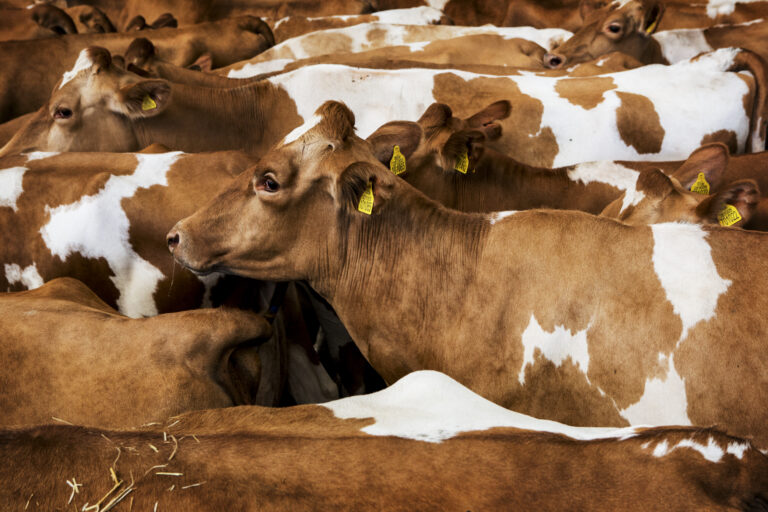
Shady Tactics
These industries are valued at billions of dollars. There might be an argument to be made that if they were responsible in how they sourced their products, the beef and leather industry might be forgiven from an environmental perspective. Only, they’re not.
Poor regulations on forest management have permitted cattle ranchers to legally raze large areas of rainforest without regard for conservation (Time). The laws that are supposed to protect against environmental destruction do a poor job regulating the industry anyways. Illegal farms will often sell beef and leather to “legitimate” middlemen who will then sell them to distributors (NYT). These distributors will claim to have measures in place to ensure that their products are sourced from farms that are in compliance with environmental regulations. However, these measures generally don’t include going down the supply chain to the original source of the product and will only involve an inspection of the middlemen who aren’t the ones causing the problems to begin with.
With no incentive to change, these companies are turning a blind eye to keep the money flowing.
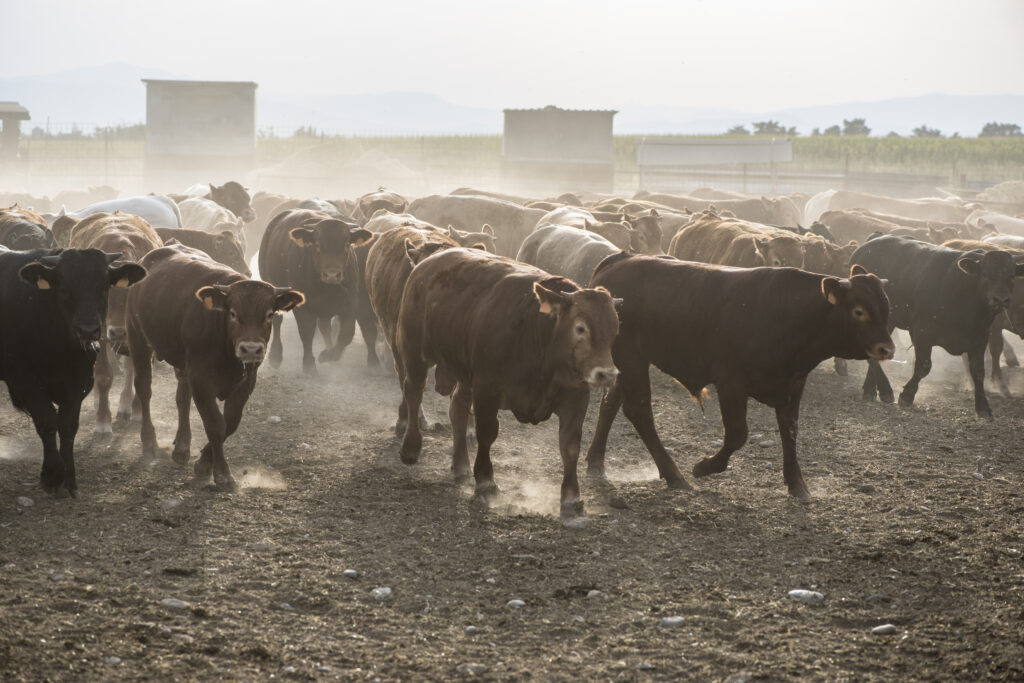
It’s Only Getting Worse
In 2018, populist candidate Jair Bolsonaro was elected as president of Brazil. Brazil is a major contributor to deforestation in the Amazon and despite efforts to greenwash his policies, Bolsonaro has actively worked to dismantle the environmental protections meant to preserve the Amazon. In a single year, the destruction of the Amazon has increased by 22%, shooting up to levels not seen since the early 2000s (Al J). Around 17% of the entire rainforest has been lost in the last 50 years and estimates predict that between 2010 and 2030, some 420 million acres of forest will be completely destroyed if trends continue (WWF).
The Amazon rainforest is one of the most biodiverse places on the planet. It’s estimated that nearly 80% of all land dwelling species reside in forests across the globe (WWF). The Amazon, being the largest rainforest, is home to a massive collection of plants and animals which is what makes the current trend so troubling. Presently, some 10,000 species of plants and animals are at risk of extinction as a direct result of deforestation (Reuters).
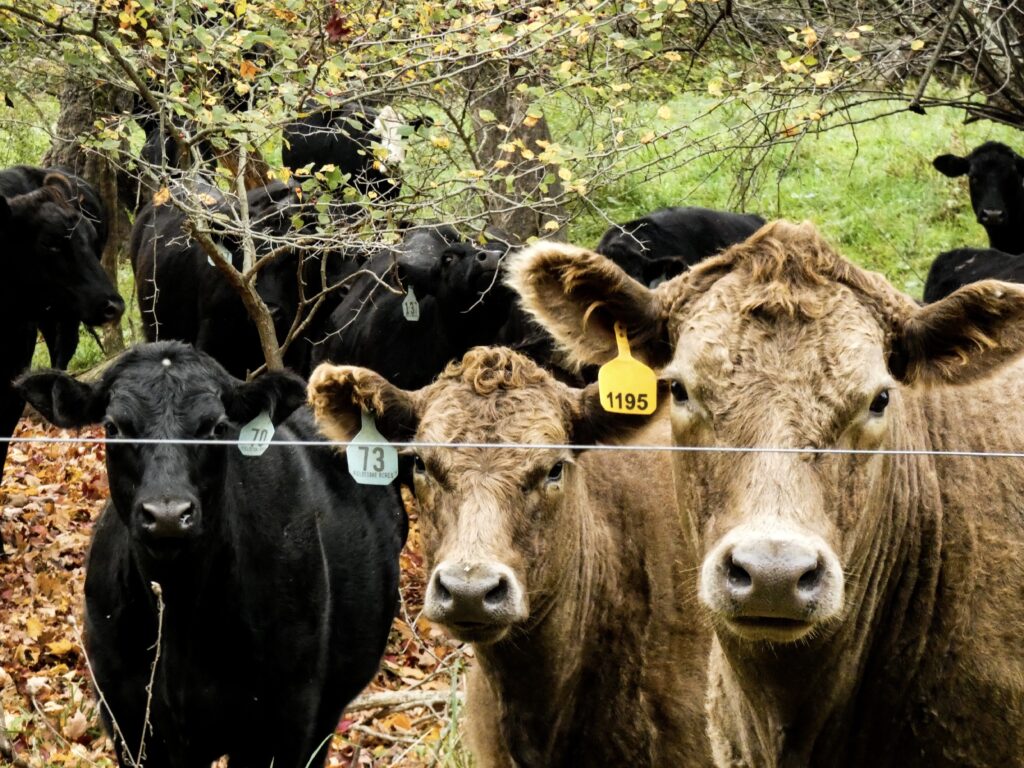
What Can We Do?
The problem isn’t going away and if trends continue as they do, the destruction of the Amazon rainforest will only worsen as the feedback loop dries out the forest and increases its propensity to burn uncontrollably. While increased transparency in the meat and leather trade might seem like a viable solution to the problem, vendors work around regulations to get their products into the market.
The problem won’t be solved by government intervention, either. At least not with the current administration. Though Brazil has made a pledge to end illegal deforestation by 2028 (A1 J), Bolsonaro’s track record has proven that he puts profit over environmental concerns. Without stricter, more effective government intervention, we won’t see a reduction in habitat destruction. 8 e.
Do companies have any incentive to change? As mentioned before, the beef and leather trade are worth billions. As long as they can legally continue purchasing products from Brazil and other Latin American countries, there’s no reason to stop. In this, the American government has some sway. However, as evidenced by their very short 2018 ban, it’s unlikely that the Unites States will make the ethical decision in this situation. te.
It would be easy to say that we should reduce the consumption of meat in Africa and Asia, thus reducing the demand for cattle. However, this sort of statement is problematic for a handful of reasons. The primary problem is that meat is a bioavailable source of calories and nutrients that might not be otherwise available in a poorer country. In many parts of the US, it’s viable to go without animal products if you have access to a grocer with a wide variety of fresh fruits, vegetables, legumes, and staple crops. But in many parts of the world, meat is essential to fulfilling nutrient needs. It would be unfair to say that the world should eat plant-based foods when they simply don’t have access to the calories, vitamins, and minerals necessary to live healthfully on such a diet.
The trajectory of the situation is bleak. Global consumption of meat is only increasing and without intervention, the Amazon forests will continue to be razed to meet the profit motive. While there is some hope that environmental agencies are beginning to work to prevent the forest from reaching its “tipping point” of around 20%-25% deforestation, there’s almost no way to prevent large swaths of the Amazon from becoming barren scrubland (Times).
The best course of action as individual consumers right now is to limit individual consumption of beef and leather, and to donate to groups like the WWF or SAFE Worldwide . While this won’t undo the damage done—and may not prevent the seemingly inevitable cataclysm–it’s a step in the right direction. With enough public pressure, there’s hope that countries around the globe will begin pressuring Brazil and other Latin American countries to reduce illegal deforestation, before it’s too late.
References
https://time.com/amazon-rainforest-disappearing/
https://www.aljazeera.com/news/2021/11/18/amazon-deforestation-in-brazil-surges-to-15-year-high
https://www.nytimes.com/2021/11/17/climate/leather-seats-cars-rainforest.html
https://www.ucsusa.org/resources/tropical-deforestation-and-global-warming
https://www.canr.msu.edu/news/where_do_all_these_soybeans_go
https://www.worldwildlife.org/threats/deforestation-and-forest-degradation
https://www.vox.com/down-to-earth/2021/8/27/22639885/amazon-rainforest-fires-climate-change-2021
Disclaimer: The opinions, beliefs and viewpoints expressed by the various authors and forum participants on this web site are their own and do not necessarily reflect the opinions, beliefs and viewpoints of SAFE Worldwide.


